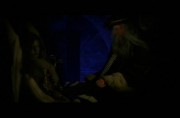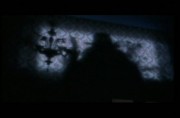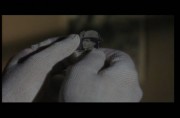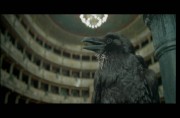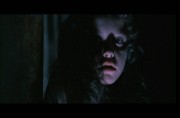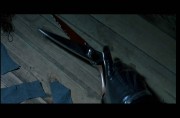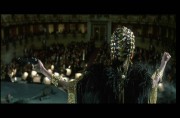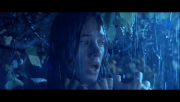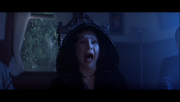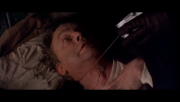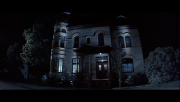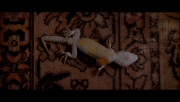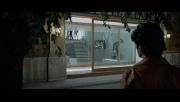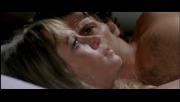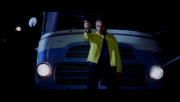
Born June 19, 1950, in Florence, Italy, actress Daria Nicolodi started performing at an early age. She dabbled in theatre and underground film before making her bigscreen debut in 1970's "Men Against". Her first daughter, Anna was born in 1973. She continued with theatre and TV appearances until her big break in 1975, when avant-garde thriller director Dario Argento cast her in his hugely successful Deep Red. A romance blossomed between the two, and that same year their daughter, actress Asia Argento, was born. Their union, which would last until 1985, started to unravel in 1977, when the two cowrote the masterpiece, Suspiria, based on a story Daria's grandmother had told her. Though the lead role was written for Daria, it was instead given to American cult-goddess Jessica Harper when the distributors demanded an American play the part. Perhaps the greatest injustice she was dealt was not being given any credit for her part in the film when it was released. It wouldn't be until two decades later that Dario finally gave her writing credits. It wasn't all doom and gloom though, as that same year she starred in Mario Bava's Shock. She continued to act in Argento's films until 1987, though throughout that time period she also acted in horror films for Lamberto Bava,and Luigi Cozzi, and even wrote Cozzi's Paganini Horror and Demons 6/ The Black Cat. Sadly, her daughter Anna died in an accident in 1994. To this day she continues to appear on TV, and not long ago had a part in Argento's Mother of Tears, where she performed alongside Asia.
Selected Filmography
Deep Red (Dario Argento, 1975)
Suspiria (Dario Argento, 1977 - writing and cameo appearance)
Shock (Mario Bava, 1977)
La Venere D'Ille (Mario Bava, 1979)
Inferno (Dario Argento, 1980)
Tenebre (Dario Argento, 1982)
Phenomena (Dario Argento, 1985)
Opera (Dario Argento, 1987)
Delirium (Lamberto Bava, 1987)
Giallo Natale (Turno Di Notte, TV Series, 1987)
Demons 6/ The Black Cat (Luigi Cozzi, 1989 - writing)
Il Gioko (Lamberto Bava, TV, 1989)
Paganini Horror (Luigi Cozzi, 1989 - writing and actress)
Scarlet Diva (Asia Argento,2000)
Mother of Tears (Dario Argento, 2007)
Visit Daria's official site HERE.











